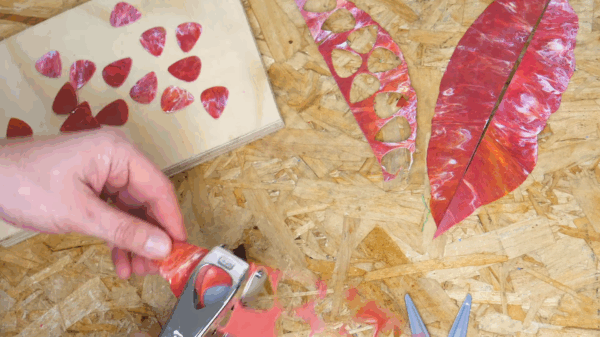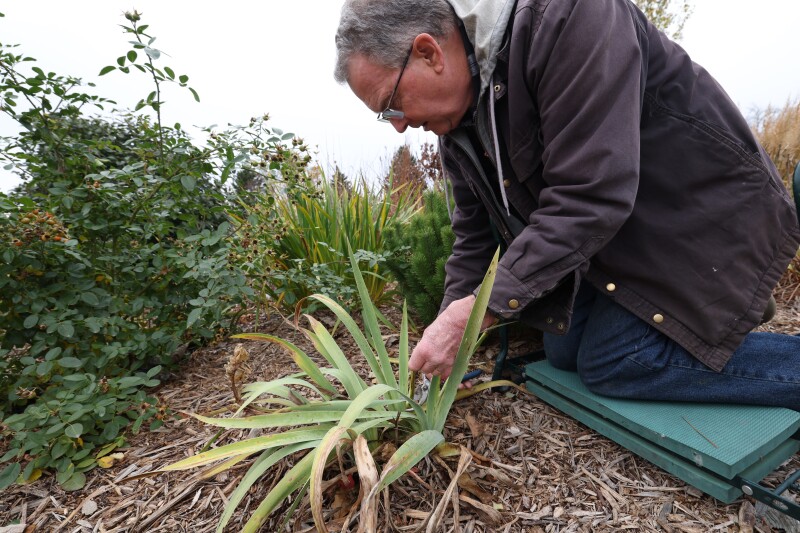As the gardening season transitions into late fall, the timing and method for cutting back perennial flowers become essential for maintaining a healthy garden. This period provides an opportunity for gardeners to assess which plants to prune and how, impacting the health and aesthetics of their gardens in the coming seasons.
Understanding the Benefits of Pruning
Pruning perennials can be a contentious topic among gardeners. Traditionally, many have opted for a complete cutback of their gardens each fall. This was a practice I learned from my mother, who would meticulously clear-cut our perennial garden to maintain a pristine appearance. However, leaving certain plants intact offers significant advantages.
For instance, many perennial species possess sturdy stems that can catch snow, providing essential insulation during the harsh winter months. This natural coverage supports the plant’s survival and can even aid native pollinating bees that nest in the hollow stems, enhancing productivity in the garden for the following year. Ornamental grasses, known for their aesthetic appeal, also contribute to the winter landscape, showcasing plume-like seed heads that add visual interest.
In contrast, specific plants like Hosta, iris, and daylilies benefit from fall pruning. These species lack rigid stems, making them prone to flattening under snow and susceptible to mold. Pruning them down to 1 or 2 inches above ground level helps minimize cleanup struggles in spring. Additionally, perennials prone to diseases, such as peonies and monarda, should be cut back to reduce disease pressure for the following growing season.
Choosing the Right Tools for the Job
Selecting the appropriate tools is crucial for effective pruning. While the term “secateur” might sound sophisticated, it simply refers to handheld pruning shears that can make the job easier. In my experience, the right tools can significantly lighten the workload.
One innovative option gaining popularity among gardeners is the battery-powered trimmer. Equipped with attachments, including a hedge-type blade and a scissor-like trimming blade, this tool facilitates quick and efficient cutting of perennial tops. For more precise tasks, traditional handheld pruning shears offer excellent control, allowing gardeners to tackle specific areas such as iris clumps with accuracy.
For larger stems, tools such as long-handled loppers become necessary. My own garden includes giant fleece flowers with stems up to an inch in diameter, which require robust cutting tools for effective pruning.
An emerging trend in gardening practices is the method known as “chop and drop.” This technique involves cutting stems into smaller pieces and leaving them on the surface of the garden bed, enriching the soil as they decompose. While this method can be effective for certain plants with dry, crunchy stems, it is essential to remove any material exhibiting foliage diseases to prevent spreading issues in subsequent years.
Ultimately, whether one opts for a fall or spring pruning schedule, understanding the specific needs of each perennial species, along with utilizing the right tools, contributes to a thriving garden. As gardeners prepare for winter, these strategies can ensure a resilient and beautiful landscape come springtime.






































































